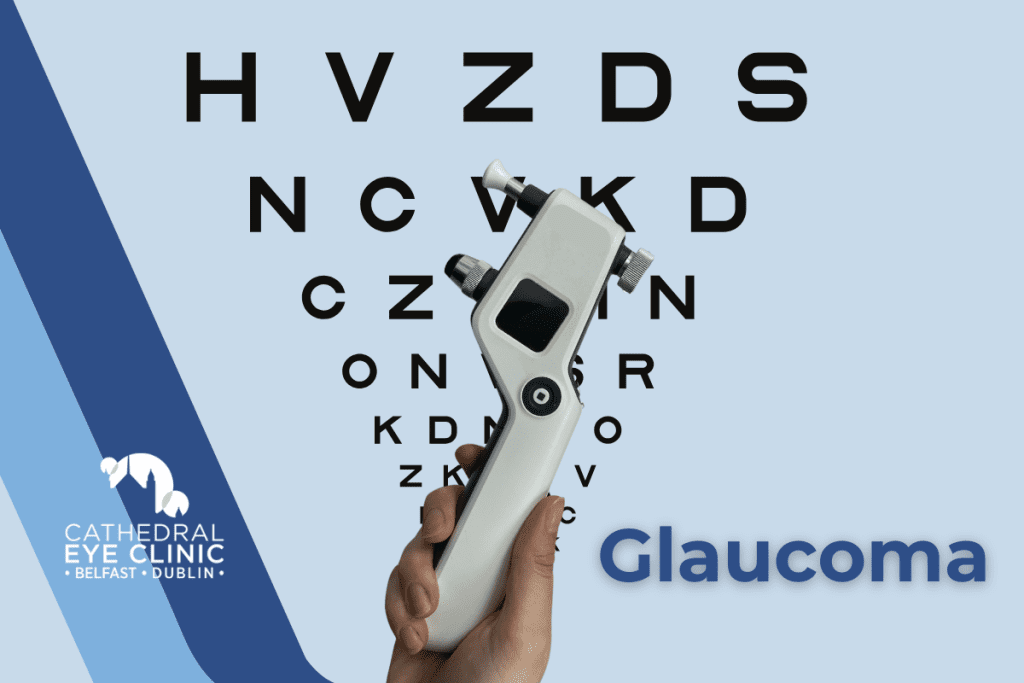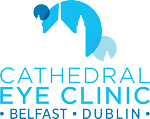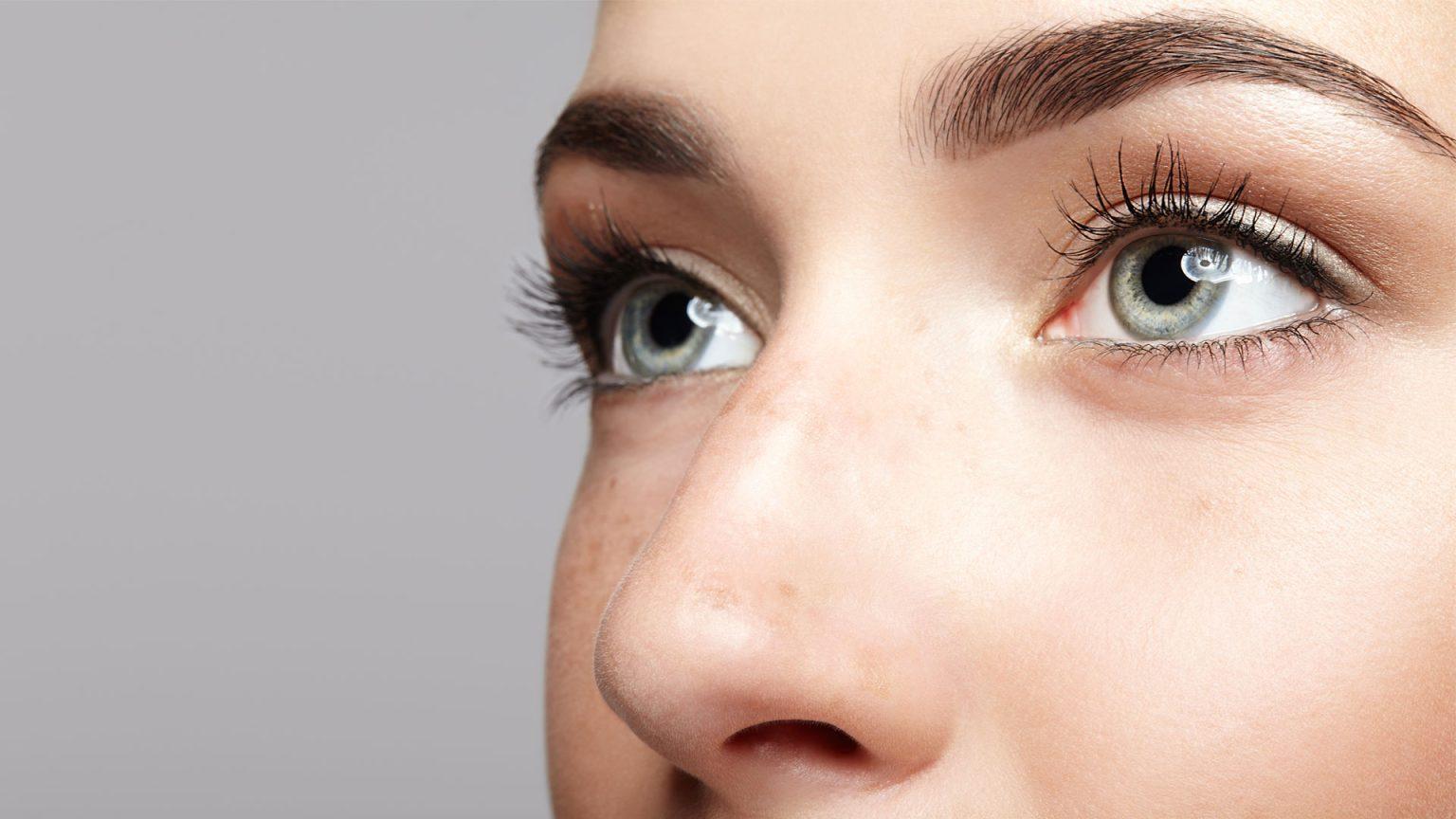
Glaucoma: Causes, Symptoms, Treatments, and Prevention
Glaucoma is one of the leading causes of blindness worldwide, affecting millions of people. Often dubbed the “silent thief of sight,” glaucoma can cause irreversible vision loss before any noticeable symptoms appear. Early diagnosis and treatment are key to preventing severe complications.
What is Glaucoma?
Glaucoma is a group of eye conditions that affect your eyes and more specifically the optic nerve, which transmits visual information from the eye to the brain. This damage is often due to abnormally high pressure in the eye, known as intraocular pressure (IOP). Over time, the optic nerve becomes damaged, leading to an impact on your visual field.
Causes
The condition is primarily caused by increased intraocular pressure. The pressure builds when the fluid (aqueous humor) in the front part of the eye doesn’t drain properly. Over time, this increased pressure can damage the optic nerve. However, not everyone with high eye pressure will develop glaucoma, and some people with normal eye pressure may also experience optic nerve damage.
Other factors that may contribute to the development of glaucoma include:
- Genetics: A family history of glaucoma significantly increases your risk.
- Age: People over 60 are at a higher risk.
- Medical Conditions: Conditions such as diabetes and high blood pressure can raise the likelihood of developing the condition.
- Eye Injuries: Previous eye trauma can result in increased eye pressure.
- Prolonged Use of Corticosteroids: Extended use of steroid medications can increase the risk of developing glaucoma.
Symptoms
There are many different sub-types of glaucoma. In the early stages, the condition often has no noticeable symptoms, which is why regular eye check-ups are critical. As the disease progresses, signs of glaucoma may include:
- Gradual Loss of Peripheral Vision: In open-angle glaucoma, the peripheral vision is usually affected first, which may cause tunnel vision in advanced stages.
- Blurred Vision: Sudden blurred vision may occur.
- Severe Eye Pain: This can happen if eye pressure increases suddenly.
- Halos Around Lights: Seeing halos or rainbow-colored circles around lights, especially at night.
- Red Eyes or Nausea: These symptoms may require immediate treatment.
Treatment Options
The goal of glaucoma treatment is to reduce intraocular pressure and prevent further damage to the optic nerve.
- Medications: Prescription eye drops are the most common form of treatment. Drops are usually taken once a day but may be multiple times a day.
- Laser Treatment: Laser therapy can be used to improve the drainage of fluid in the eye. This is often an option for patients who don’t respond well to eye drops.
- Minimally Invasive Glaucoma Surgery (MIGS): These are small procedures usually performed at the same time as cataract surgery. MIGS procedures are designed to lower eye pressure with minimal disruption to the eye’s anatomy.
- Surgery: For severe cases, drainage surgery may be required to create a new channel for the fluid or to reduce fluid production in the eye.
Early Detection is Key
Preventing vision loss from glaucoma largely depends on early detection. Follow these steps to protect your eyesight:
- Regular Eye Exams: Everyone over the age of 40 should have a comprehensive eye exam every 1-2 years, especially those in high-risk groups.
- Know Your Family History: If you have a family history of glaucoma, inform your optometrist, as early detection can make a significant difference.
- Exercise Regularly: Physical activity can help reduce intraocular pressure and improve overall eye health.
- Use Protective Eyewear: Protect your eyes from injuries by wearing goggles or protective glasses during high-risk activities.
- Follow Medication Plans: If you’ve been diagnosed with glaucoma, adhering to prescribed medications and treatments is crucial for preventing progression.
Helping you with Glaucoma
Cathedral Eye Clinic provide a personalised treatment journey.
At the consultation Initial testing will take place with a visual field screening, a scan of the optic nerve and a scan of the retina. Following this, patients will be greeted by Mr Reid or one of the medical team in the Glaucoma Clinic, where the results of the tests will be assessed and an eye exam carried out. This exam entails the measuring of intraocular pressures and assessing the drainage angle of the eye. A management plan will then be crafted for each patient.
Care and Attention
Glaucoma is a serious eye condition that requires ongoing attention and care. Early detection and treatment can help preserve your vision. Regular eye exams, understanding your risk factors, and being proactive in treatment can make a huge difference to the condition.
Worried about Glaucoma? Schedule an appointment with the Glaucoma Clinic at Cathedral Eye today – protect your vision.







